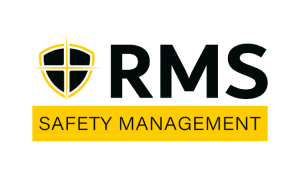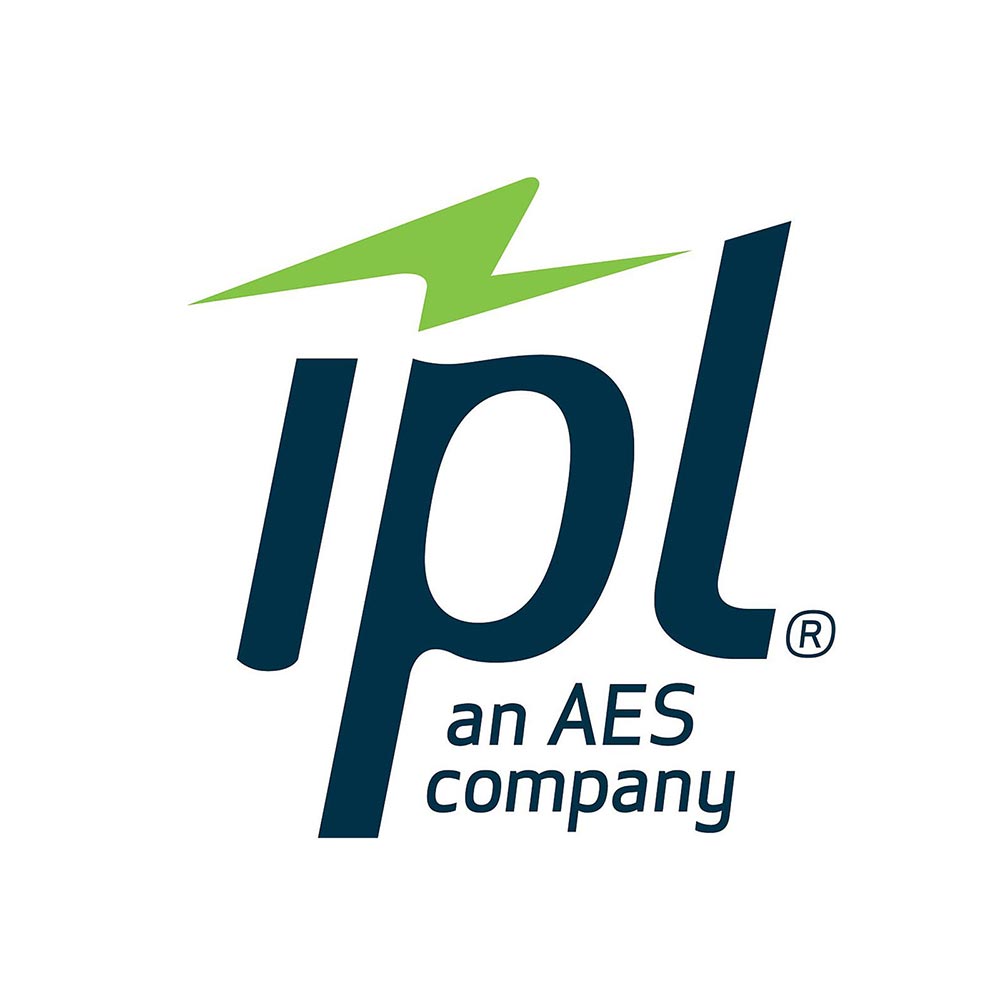OSHA recently published a new final rule that updated their Hazard Communication (HAZCOM) standard. Our President Kevin Beswick wrote on it to explain what these changes mean. Take a look!
INTRODUCTION
OSHA published a new final rule on May 20, 2024 that will update their Hazard Communication (HAZCOM) standard by aligning it with the 7th edition of the Global Harmonized System (GHS). The purpose of this article is to provide a brief overview of the changes. For more detailed information, visit OSHA’s website at www.osha.gov.
From a broad perspective, the regulatory text being changed mainly involves definitions, chemical classification, and labeling of small containers. While this might not seem like much, the modified definitions will require manufacturers/importers/distributors to reassess and (possibly) reclassify chemicals. If chemicals are reclassified, then SDS and labels will need to be updated. Written programs will also need to be updated to reflect new definitions and new container labeling practices. Employees will need to be trained on relevant changes that effect their job duties. So, this standard may have more impact than it appears on the surface.
DEFINITIONS
As far as the definitions go, OSHA is publishing eight (8) new definitions, which are: Bulk Shipment, Combustible Dust, Gas, Immediate Outer Package, Liquid, Physician or Other Licensed Healthcare Professional (PLHCP), Released for Shipment, and Solid. Of these, “Immediate Outer Package” may carry the most impact for employers. The reason will be explained later in this article, but the definition is “The first package enclosing the container of hazardous chemical.”
In addition to the 8 new definitions, OSHA revised three (3) existing definitions, which are: Exposure or Exposed, Hazardous Chemical, and Physical Hazard. The definition of “Physical Hazard” now includes aerosols & desensitized explosives, which will cause all such products be reclassified, resulting in the need to update SDS and labels.
OSHA made one (1) more revision to their definitions section by deleted “Pyrophoric Gas”. This will cause all such gasses to be reclassified as “Flammable Gas”.
CLASSIFICATION
In addition to changing 12 definitions, OSHA made two (2) other changes that will cause some chemicals to be re-evaluated and (possibly) reclassified. These changes are:
- When evaluating a chemical’s potential hazards, manufacturers/importers/distributors must consider the chemical’s intrinsic properties that could result in a future hazard if conditions change. For example, if a substance is not hazardous in its natural state, but a chemical reaction could occur when mixed or it could become hazardous if the physical form is changed, then it must be classified accordingly. This may cause some chemicals to be reclassified.
- If the manufacturer claims that an exact percentage of an ingredient is a trade secret and chooses not to list the exact percentage on an SDS or label, they may list a range instead. However, they must use a range that is provided within the revised standard and they must provide the exact concentration to a PLHCP (physician) if it’s needed to treat an medical emergency.
CONTAINER LABELING
Other than the need to update container labels if/when the classification and/or pictograms change (due to the updated definitions), the only change to labeling requirements involves OSHA requiring less information to be placed on small containers. Here are the container sizes and label requirements, per OSHA:
- Containers equal to or less than 100 ml will only need: product identifier, pictograms, signal word, chemical manufacturer’s name/number, and a statement indicating the full label information can be found on the immediate outer package (i.e. the first package the container was enclosed in).
- Containers equal to or less than 3 ml will only need the product identifier.
With this said, there are a couple of things to note. First, abbreviated labels on small containers are only allowed if the manufacturer/importer/distributor can demonstrate that it is not feasible to use pull-out labels, fold-back labels, or tags containing the full information. Second, small containers with partial labels must be stored in their “Immediate Outer Package”, per OSHA’s new definition. This will likely result in a new work practice for many employers.
COMPLIANCE DATES
- 7/19/24 = The new regulation will become effective on this date.
- 1/19/26 = Manufacturers/importers/distributors must complete their re-evaluation and reclassification of all substances that are not mixtures and have updated the associated SDS & container labels.
- 7/20/26 = Employers must have updated their written program to match the new regulatory changes, obtained new SDS, implemented new labeling practices, & trained employees on relative information for substances that are not mixtures.
- 7/19/27 = Manufacturers/importers/distributors must complete their re-evaluation and reclassification of all mixtures and have updated the associated SDS & container labels.
- 1/19/28 = Employers must have updated their written program to match the new regulatory changes, obtained new SDS, implemented new labeling practices, & trained employees on relative information for mixtures.
CONCLUSION
The changes made by OSHA will have the most impact on chemical manufacturers, importers and distributors (by far), but employers will still be affected (especially those who mix their own chemicals or use a lot of aerosols, desensitized explosives, and pyrophoric gasses). The good news is that everyone will have plenty of time to transition into compliance.

